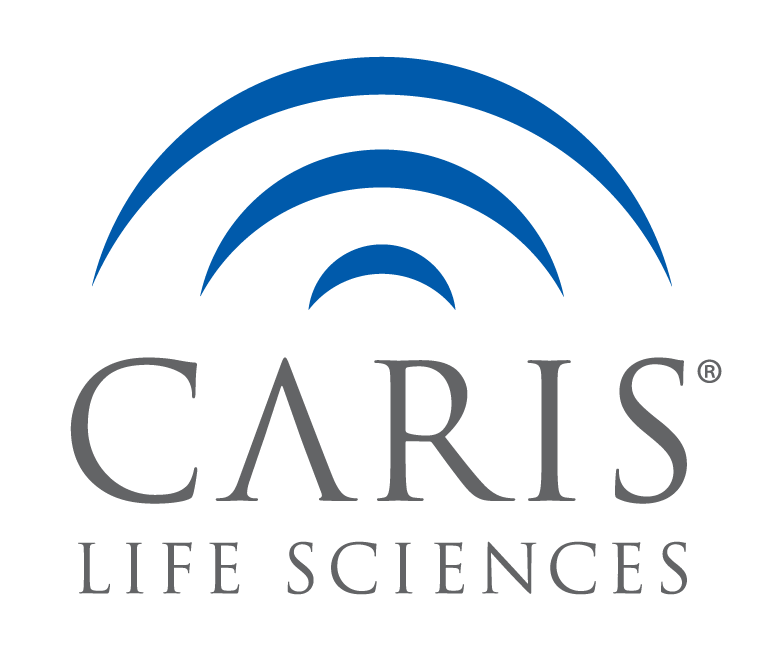BACKGROUND
- Loss of DNA repair fidelity is a common feature of human cancers and can drive genomic instability and tumor evolution.
- DNA repair deficiency has emerged as a predictive biomarker of response to platinum based chemotherapy and PARP
inhibition. - More recently, DNA repair defects have been shown to predict response to immune checkpoint inhibitors.
- Data on the relationship between DNA repair defects and TMB in NSCLC is limited.
STUDY OBJECTIVES
- Characterize the landscape of DNA damage response and repair (DDR) genes mutations in NSCLC
- Correlate DDR gene mutations with immune biomarkers (TMB and PD-L1)
- Identify mutations with the strongest association with high TMB
METHODS
- We retrospectively analyzed biomarker profiles of 5,667 NSCLC tumors that had undergone molecular profiling between 01/16 – 06/18 (Caris Life Sciences, Phoenix, AZ).
- Profiling included next-generation sequencing of 592 genes, TMB, and PD-L1 expression by immunohistochemistry (22c3).
- Genes of interest: ATM, ATR, BARD1, BLM, BRCA1, BRCA2, BRIP1, CHEK1, CHEK2, ERCC2, ERCC3, FANCA, FANCC, FANCD2, FANCE, FANCG, FANCL, MLH1, MSH2, MSH6, MRE11, NBN, PALB2, POLE, PTEN, RAD50, RAD51, WRN
- Samples harboring mutation in at least one of the 29 genes representing several DDR pathways were included in the analysis.
- Available clinical information: Age, gender, histology
CONCLUSION
- DDR genes mutations are common in NSCLC, with RAD50, WRN, CHEK2, ATM, ATR, and MRE11 being the most commonly mutated genes.
- Over half of the DDR mutated NSCLC tumors have high TMB and one-third have high PD-L1.
- DDR genes mutations are not mutually exclusive.
- BRCA1, PALB2, and POLE mutations are most likely to be associated with high TMB.

